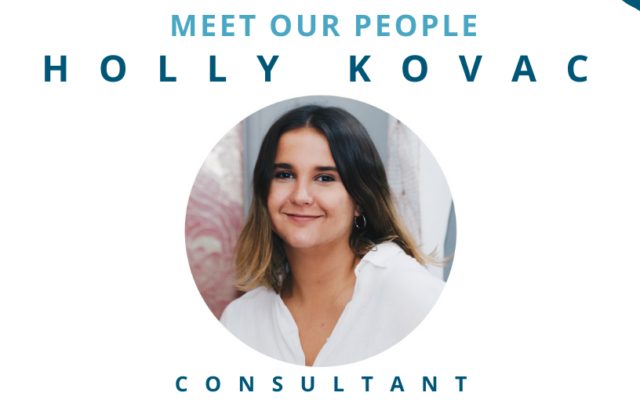
How program logic can work for NGOs
It might sound academic but program logic is a very practical tool to help strengthen your program design and show how it works. This is important for NGOs competing for government funding as they are increasingly being asked to set out the evidence base for their programs and a plan for evaluation.
On a wet and wild Wednesday in Adelaide, Jade Maloney and Jane Ford from ARTD and our South Australian Associates, Sharon Floyd and David Egege, met with a group of NGOs to discuss how can put program logic to use. These are our top tips.
- Develop both a program logic and a theory of change. What’s the difference? A program has only one logic – this is in the form of a diagram. But it can have many theories – for the program overall and how you expect to move between activities and outcomes. The theory of change comes in the form of a story.
- Reality check. Strengthen your program design by asking: What reason do we have to believe what we’re doing will lead to the change we want to see? Don’t be afraid to look at the research literature and social science theories which can provide a logical framework for your program’s activities. If you want to change individual behaviour, consider the theory of planned behaviour (Ajzen & Fishbein, 1980) or stages of change (Prochaska J.O., DiClemente C.C., Norcross J.C. (1992). If you want to create community level change, consider theories relevant to the change you’re aiming to create or theories of community development.
- Keep the big picture in sight. It’s true that your organisation alone can’t be held accountable for high-level policy goals (such as increasing inclusion of people with disability or reducing youth unemployment) because other organisations and environmental factors will also help to shape these outcomes. Some people see this as a reason to exclude high-level goals from your logic. But we suggest you need to include them so you can map out a plausible pathway to contribute to long-term goals, counter factors that will negatively impact on achievements, and take advantage of complementary partnerships.
- Be specific and think in outcomes. What are the outcomes you are aiming to achieve at each step along the way? What would these look like in real life? If you’re not specific, and think in outputs rather than outcomes, you won’t be able to measure your program’s achievements and make adjustments if needed to stay on track.
- Refine in real time. The diagram is not the destination. Contexts shift. Programs evolve. Updating your diagram doesn’t mean you failed. It means you’re learning from implementation and will be better placed to succeed.




